Supplier Recommendation Letter Template for Professional Use
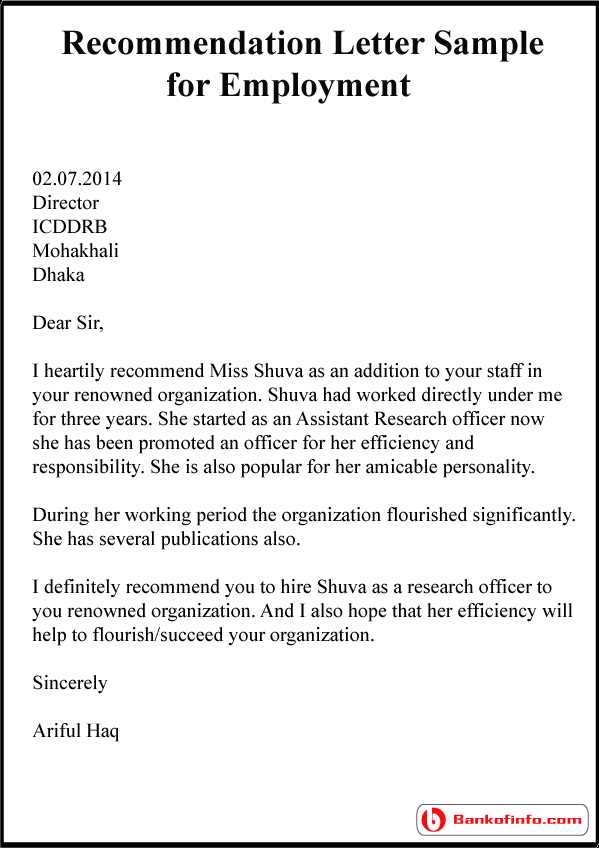
Writing an endorsement for a business partner is a powerful tool in strengthening professional relationships. Whether you’re vouching for a vendor or collaborator, expressing your trust in their services or products can greatly impact their reputation. Crafting a clear and compelling statement can help foster long-term partnerships and build mutual respect.
When creating such a document, it is essential to ensure that it is tailored to the specific qualities and strengths of the individual or company. Focusing on relevant aspects such as reliability, product quality, and customer service can make your endorsement stand out. A well-structured and thoughtful message can leave a lasting impression and demonstrate your commitment to their success.
Understanding the Importance of Supplier Recommendations
Endorsing a business partner or service provider plays a crucial role in building trust and credibility within the industry. Such endorsements serve as powerful tools for highlighting the positive attributes of a company, helping them gain recognition and attract new opportunities. These documents are not only vital for reputation building but also for fostering reliable business connections that can contribute to long-term success.
Enhancing Trust and Credibility
When a company receives a strong endorsement, it reflects positively on its professionalism and dependability. It demonstrates to potential clients or collaborators that the business is trustworthy and capable of meeting expectations. A solid endorsement can make a significant difference in how a company is perceived in a competitive market, giving it an edge over others.
Strengthening Business Relationships
Endorsements also help to solidify existing relationships by showcasing appreciation for a partner’s work. These gestures not only serve as expressions of gratitude but also encourage mutual respect, leading to more fruitful collaborations. A well-crafted message can lead to future business opportunities, ensuring the continuity of productive partnerships.
How to Write a Professional Recommendation Letter
Crafting an effective endorsement for a business associate requires clear communication and a focus on the most relevant details. The goal is to provide an honest, concise, and supportive message that highlights the strengths and reliability of the individual or organization. A well-written endorsement can make a significant impact on their reputation and future opportunities.
Structuring the Endorsement Effectively
Start by introducing the purpose of the document and your relationship with the individual or company. Be sure to mention how long you’ve worked together and in what capacity. This sets the context for the endorsement and establishes credibility for your assessment. Follow this with specific examples of their strengths or achievements, such as product quality, professionalism, or customer service.
Maintaining Professional Tone and Clarity
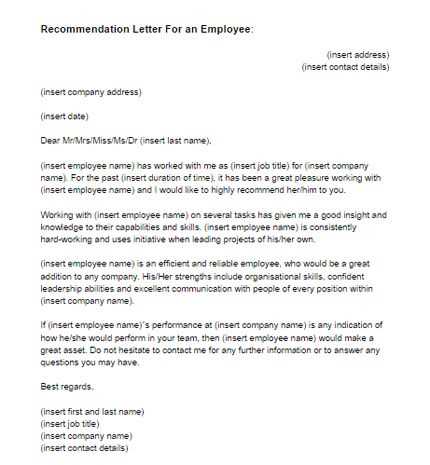
It’s essential to keep the tone professional and respectful, avoiding overly casual language. Ensure the message is clear and straightforward, focusing on key points that will resonate with the reader. Highlight the qualities that matter most to the intended audience, while making sure the document stays focused on relevant details that provide real value.
Key Elements of an Effective Template
When creating a professional endorsement document, certain components are essential to ensure it is clear, persuasive, and well-structured. A strong endorsement should provide specific details, highlight key qualities, and offer practical examples that reinforce the message. These elements not only enhance the credibility of the document but also help in making a compelling case for the individual or organization being endorsed.
Essential Information to Include
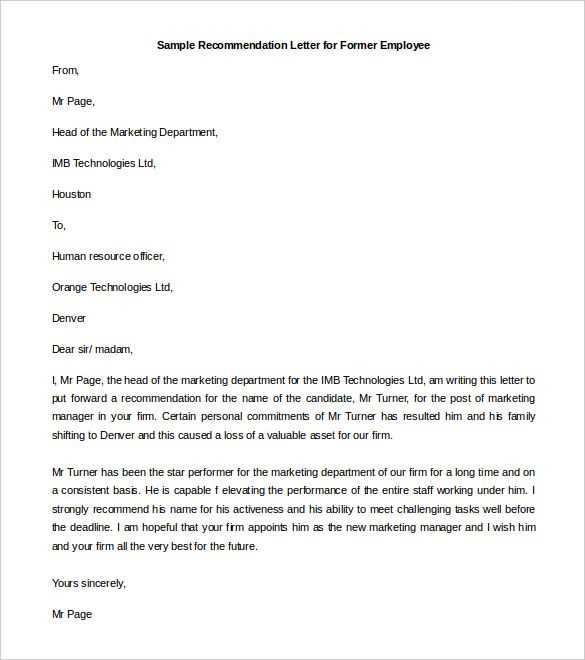
To ensure the endorsement is effective, it is important to include the following details:
| Element | Description |
|---|---|
| Introduction | State the purpose of the document and your relationship with the individual or company. |
| Specific Strengths | Highlight the key qualities or achievements that make the person or organization worthy of endorsement. |
| Examples | Provide real-life examples or scenarios that demonstrate their reliability and capabilities. |
| Conclusion | Reaffirm your support and summarize the main points in a concise manner. |
Making the Message Concise and Impactful
The effectiveness of an endorsement also depends on its ability to convey important points in a brief and direct manner. Avoid unnecessary details that could distract from the core message. The document should be focused, with each section serving a clear purpose to guide the reader towards a positive conclusion.
Common Mistakes to Avoid in Letters
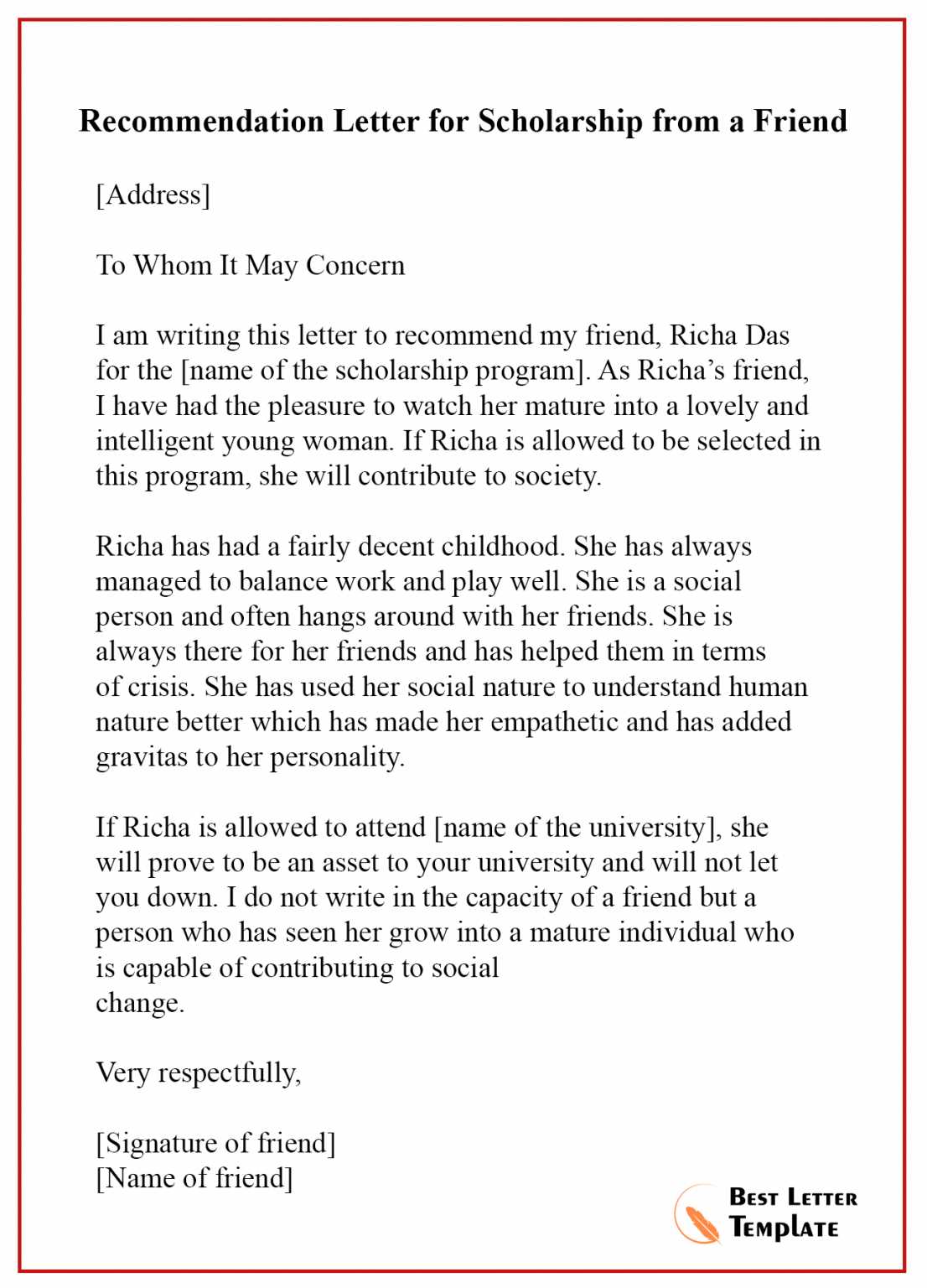
While crafting a professional endorsement, there are several pitfalls that can weaken the effectiveness of the document. Even subtle mistakes can undermine the credibility of your message, making it less impactful. Recognizing and avoiding these common errors is crucial to ensuring that the final document is both professional and persuasive.
Common Errors to Watch Out For
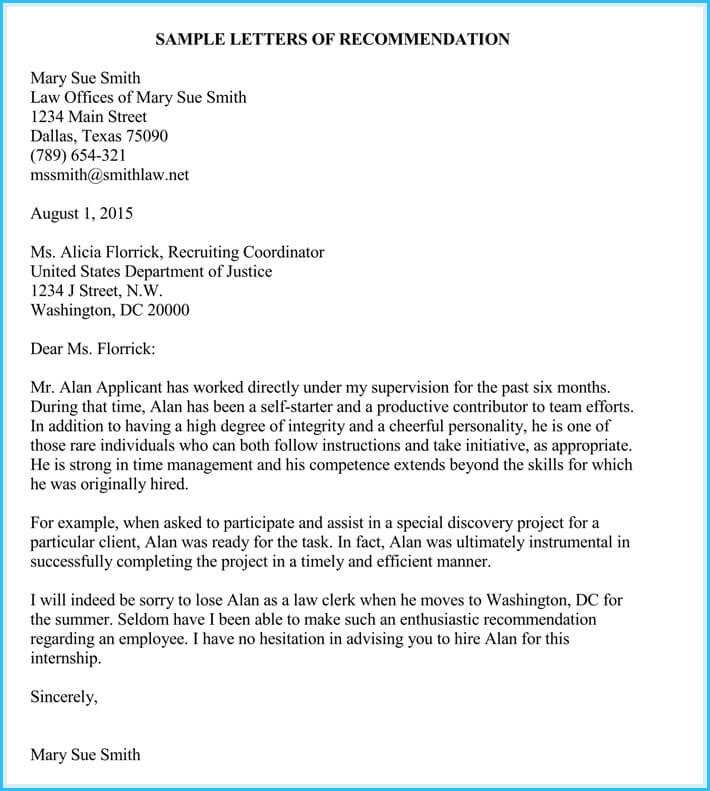
- Being too vague or general – Provide specific details rather than broad statements.
- Using unprofessional language – Avoid casual or informal tones that could diminish the professionalism of the document.
- Overloading with irrelevant information – Stay focused on the key points that directly support the purpose of the endorsement.
- Failing to proofread – Simple spelling and grammar mistakes can negatively affect the document’s credibility.
- Not providing concrete examples – Strengthen your endorsement with clear, real-life examples that demonstrate the individual’s or company’s strengths.
How to Avoid These Mistakes
To create a compelling document, focus on precision and clarity. Ensure that each point you make directly supports the endorsement, and avoid irrelevant tangents. Proofreading for grammar and clarity is essential to maintain professionalism, and always use a tone that is respectful and formal. By following these guidelines, you can ensure the effectiveness of the document and enhance the recipient’s reputation.
Customizing the Template for Your Business
When adapting a professional endorsement for your company, it’s important to tailor the document to reflect your unique values, needs, and the nature of your business relationships. A generic endorsement might not capture the essence of what you want to convey, so personalizing the message can make it more impactful and relevant to your specific situation.
Identify Key Qualities – Focus on the aspects that matter most to your business. Whether it’s quality, timeliness, or customer support, emphasize the traits that align with your company’s objectives.
Use Relevant Examples – Adapt the examples to fit the context of your business. Show how the individual or company has contributed to your success, providing clear instances of their role in helping you achieve your goals.
Incorporate Company Values – Highlight how the person or organization aligns with your core principles and business culture. This connection can make the endorsement feel more genuine and impactful, resonating better with your audience.
Tips for Improving Supplier Relationships Through Letters
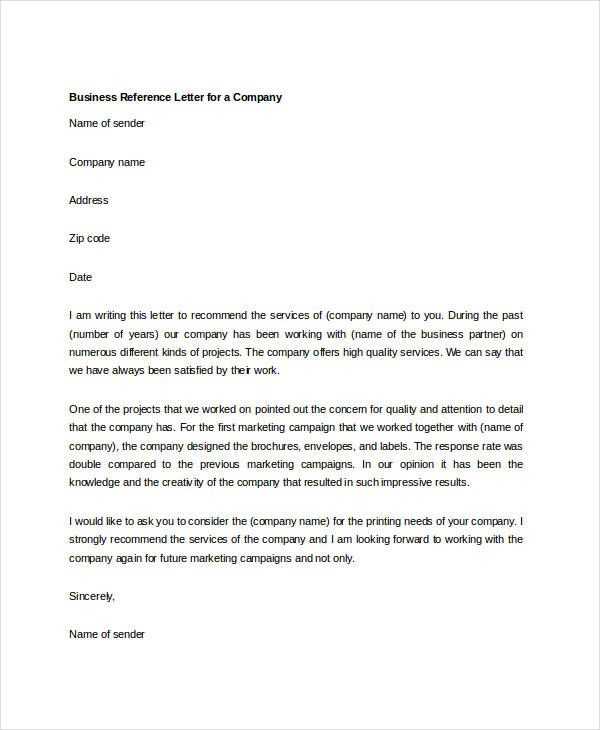
Effective communication is crucial for building strong and lasting relationships with business partners. Written endorsements and acknowledgments can serve as a powerful tool to enhance trust, show appreciation, and foster collaboration. When crafted thoughtfully, these messages can create a sense of mutual respect and contribute to long-term success.
Start by ensuring your message is personalized and relevant to the specific contributions made by the other party. Acknowledge their hard work, reliability, and the positive impact they’ve had on your business. Be specific and provide examples to demonstrate how their support has helped you achieve your objectives.
In addition, maintain a professional and respectful tone, even when addressing challenges or areas for improvement. Offer constructive feedback and express your willingness to work together toward common goals. This will show your commitment to the partnership and encourage ongoing collaboration.